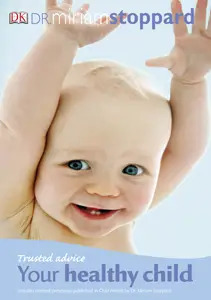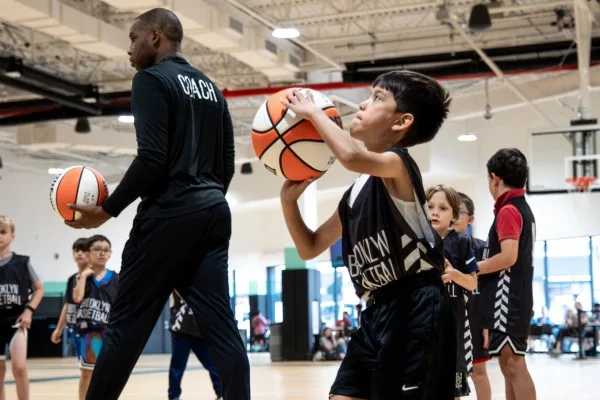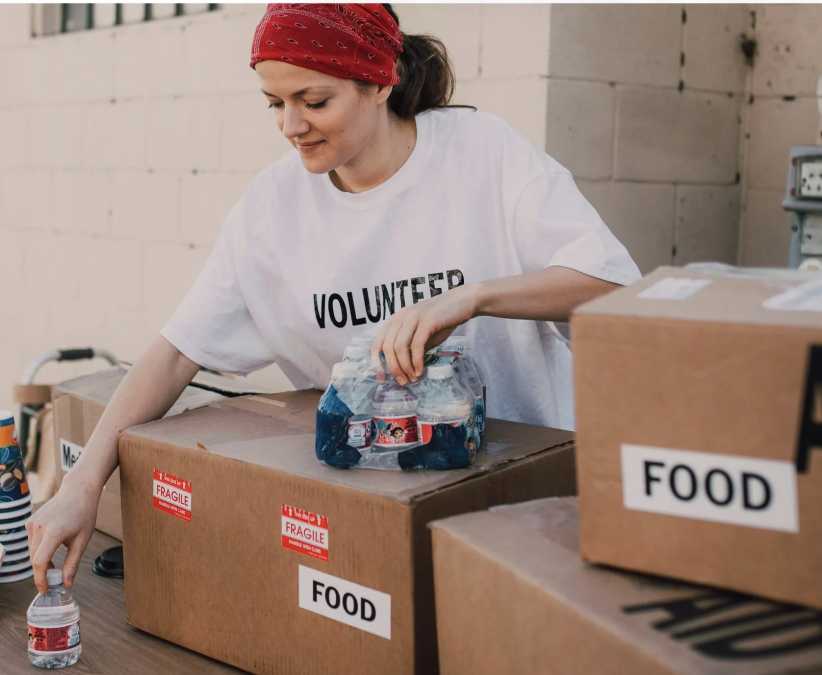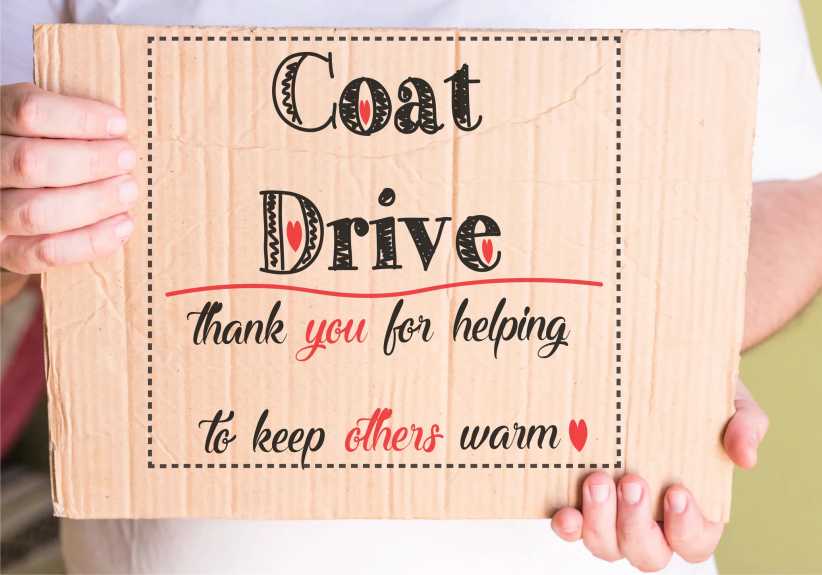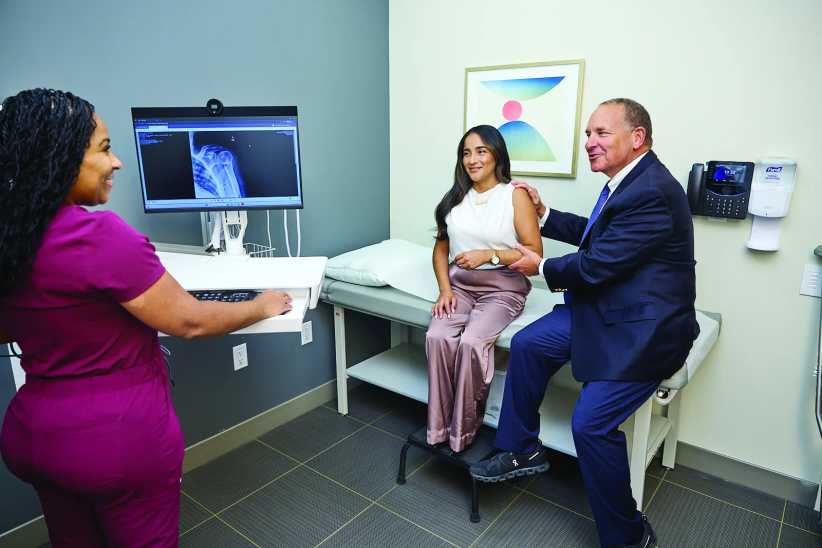Check out these helpful reference points from Dr. Miriam Stoppard for what to do if your child has a sprain, broken bone, or uncomfortable growing pains.
SPRAINS
A sprain is the tearing of the tough, straplike structures (ligaments) that support a joint and limit its movement. The sprain usually occurs because of overstretching or a sudden twisting action that wrenches the joint beyond its normal range of movement. The tearing causes bleeding into the joint, which results in swelling, pain, and a bad bruise. The most common sites of a sprain are the ankle, knee, and wrist. Because the ligaments are near the skin’s surface in these joints, swelling shows rapidly, and your child finds it difficult to put any weight on the sprained joint. It is rare for young children to suffer a sprain because their joints are highly supple. Sprains are, however, quite common in the 6-to 12-year-old age group. 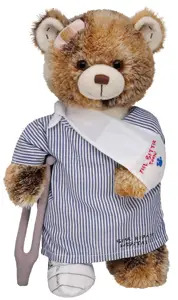
Are they serious?
A sprain can be painful, but it is not serious. Because it can be difficult to determine without an X-ray whether the injury is a sprain, a broken bone, or a dislocated joint, it is always sensible to seek medical help for an accurate diagnosis.
Possible Symptoms
- Swelling and tenderness
- Pain when the affected joint has to bear any weight
- Bruising
What should I do first?
1. If the affected joint or limb is not misshapen, lay your child down, and raise the injured part.
2. Apply a cold compress to reduce the swelling.
3. Support the joint with a firm crepe bandage applied over a thick wad of cotton padding. Check the bandage regularly to make sure that subsequent swelling has not made it too tight.
4. Encourage your child to rest the joint for at least 24 hours.
Should I seek medical help?
Take your child to the nearest hospital emergency department if there is intense pain and the affected joint or limb is misshapen, or if after 48 hours the swelling has not subsided or if your child still complains of severe pain and cannot bear any weight on the injured part.
What might the doctor do?
The emergency department staff will assess the injury, X-ray if necessary, and advise on further care.
BROKEN BONES
Children’s bones do not break as easily as the harder bones of an adult. The most common fracture in children is the greenstick fracture, where the bone bends rather than breaks, and where there is minimal damage to the surrounding tissues. In a closed fracture, the bone breaks at one place and does not break the skin. In an open fracture, the bone ends stick through the skin, and may damage blood vessels and muscles.
Are they serious?
A broken bone should always be treated promptly by a doctor for various reasons. It has to be set correctly, and any damage to surrounding organs or tissues has to be repaired. There is also a risk of infection if the break is an open fracture and the bone is exposed to the air.
Possible Symptoms
- Swelling and bruising around the site of the injury
- Possible deformity of the affected area
- Inability to move the affected area normally
- Pain
What should I do first?
1. Dial 911 for emergency help if the injury involves your child’s leg or elbow. Otherwise, take your child to the hospital.
2. If the limb appears bent or curved, don’t try to straighten it. Don’t move your child unless you have to. If a bone has broken through the skin, or if there is a wound leading down to the fracture, drape a sterile dressing over it. Don’t attempt any cleaning, and don’t touch the wound.
3. If no bone is sticking through the skin, but he cannot move the affected area without causing pain, immobilize above and below the break: put an arm in a sling; for a leg, tie the knees and the ankles together. Take him to the nearest hospital, but call an ambulance if the legs or elbows are affected because you will need a stretcher.
4. Don’t give your child anything to eat and drink in case he needs surgery.
5. Keep him warm and calm while you get medical help. Try to raise the affected part after immobilizing it.
Should I seek medical advice?
Dial 911 for emergency help if the bone is bent or curved, if it is sticking through the skin, or if a leg or elbow is broken. If you suspect your child has another broken bone, take him to the nearest emergency department.
What might the doctor do?
- The doctor will X-ray your child to determine the extent of the damage. With a straightforward break, the bone will be immobilized by setting it in a plaster cast.
- If the break is an open fracture, the bones will be manipulated into position under general anesthesia before being immobilized in plaster.
- If there is an open wound with the broken bone, antibiotics will be given.
- If the child has had a bad break in his leg, he may have to remain in hospital in traction.
What can I do to help?
Make sure the plaster cast is kept dry. Broken bones in children heal within six to 10 weeks.
GROWING PAINS
A growing pain is a dull, vague ache in a limb; it doesn’t last for long, and the child can usually be distracted from it. One in six children of school age suffers from some kind of growing pain. Such pains can occur when your child is going through a growth spurt, during which the muscles and bones grow at slightly different rates, leading to an aching soreness that is worse in the evening. Growing pains can also occur after a strenuous activity. It is important to distinguish a growing pain from a joint pain. A growing pain is felt between the joints of a limb, while a joint pain is specific to the joint area. In a child, a joint pain can be a symptom of rheumatic fever or arthritis.
Are they serious?
A growing pain is not serious, but any pain in the joint could be, particularly if it is accompanied by a fever. This could be septic arthritis. You should consult your doctor as soon as possible if your child has these symptoms.
Possible Symptoms
- Aches and pains in the arms or legs, most often in the legs
- Disturbed sleep if the pain is severe
- Painful muscles after strenuous activity
What should I do first?
1. Check your child’s joints for swelling and tenderness by pressing on and around them. If there is neither, check the muscles in the same way.
2. Check to see if your child limps when she walks.
3. Ask your child when the pain started and for how long it lasts.
Should I seek medical help?
Seek medical advice as soon as possible if the pain is sited around a joint and is accompanied by a fever, or if it lasts longer than 24 hours.
What might the doctor do?
After excluding any other possible causes of the pain, your doctor will reassure you and your child that there is no cause for you to be concerned.
What can I do to help?
- Show sympathetic interest in the pain — this may be sufficient to relax your child.
- Give your child a warm bath before she goes to bed. You can also give her a warm hot-water bottle to take to bed. Both of these can be very soothing if your child is having difficulty sleeping.
- Gently massage the affected muscles to relax any tension.
Excerpted from “Trusted Advice: Your Healthy Child” by Dr. Miriam Stoppard (DK Publishing, February 2011).

